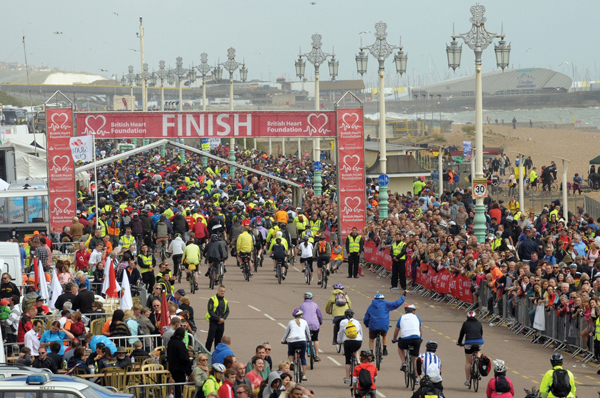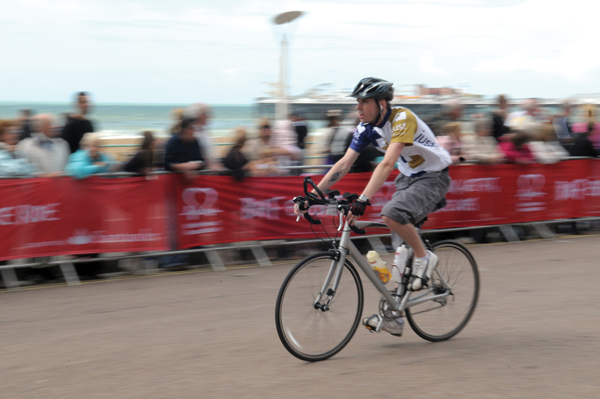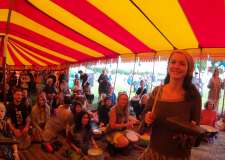On your bike!
The annual London to Brighton bike ride is upon us, but travelling the other way remains difficult

The biggest bike ride in Europe rolls into town on Sunday. Almost 30,000 cyclists are expected, many of them joined on the day by friends and family. Most of those taking part raise money for charity, with the British Heart Foundation (BHF) being the main beneficiary. The event has become so popular that it has spawned two spin-offs. One, the London to Brighton night bike ride, was held for the first time just over a fortnight ago, and an off-road version is scheduled for September.
Almost 5,000 cyclists took part in the night bike ride. Some were disappointed when they made their way to Brighton railway station to try to go home. They were told that bikes were not being allowed on trains. While the organisers had laid on transport for people going back to London – by road – several cyclists were unaware that they faced a ban on the trains.
The situation has become familiar for those taking part in the main event. For more than 20 years thousands went home on the train. But when the last of the old slam-door trains were replaced seven years ago, in came the ban. The response from the British Heart Foundation has been pragmatic. It lays on a shuttle service with lorries to transport bikes and something more suitable for the saddle sore.
“Cyclists were unaware that they faced a ban on the trains”
Becky Reynolds, from the campaign group Bricycles, said: “We were deeply disappointed when there was no longer a train service available for cyclists. The arrangements with the big lorries on the seafront and the masses of bubble wrap are not ideal. We would like to see a sustainable solution. It’s not just the cyclists who take part in the bike ride who are affected by the ban on the trains, it’s all the other leisure cyclists across the area. Brighton is a destination for loads of events.”
She said that other rail operators managed to cope with mass bike rides although she acknowledged that the annual BHF London to Brighton bike ride was the biggest. David Holladay, of the Cyclists’ Touring Club (CTC), has previously urged train operators and policy-makers to tackle the issue which he said also affects commuters. He wants trains to have seats that can flip up during events like the bike ride. He said that the Class 455 trains operated by South Western were an example of more flexible design.
A spokesman for Southern, which operates most services out of Brighton station, said, “We have seriously looked at whether we could adapt our trains for this and it’s just not possible. It would involve removing tables and seats from every train and then putting them back. We have a peak train service to operate the following day. It’s logistically and financially not something that’s viable. It’s unfortunate but the only way we can be fair to everyone is to have the ban.” He said that although the company didn’t envisage any change, it remained receptive to constructive ideas.

There have been hopes in some quarters that the election of a Green council in Brighton and Hove might lead to a breakthrough. After all, Councillor Ian Davey, who has overseen transport policy, is a keen cyclist. And he has previously said that the ban adds to traffic heading into London in the mornings – for the start of the ride – and increases congestion in Brighton for much of the rest of the day. But he recognises that there is no quick win on this particular issue.
If we are serious about environmentally friendly transport and joined up government, then set-piece events like the bike ride ought to be a showcase for what is possible. Otherwise an impression is created that sustainable transport isn’t genuinely sustainable if, when it’s most needed, it’s not available. We need to get this right. What better way to encourage people to make healthier and greener transport choices – not just for the bike ride but all year round.




















